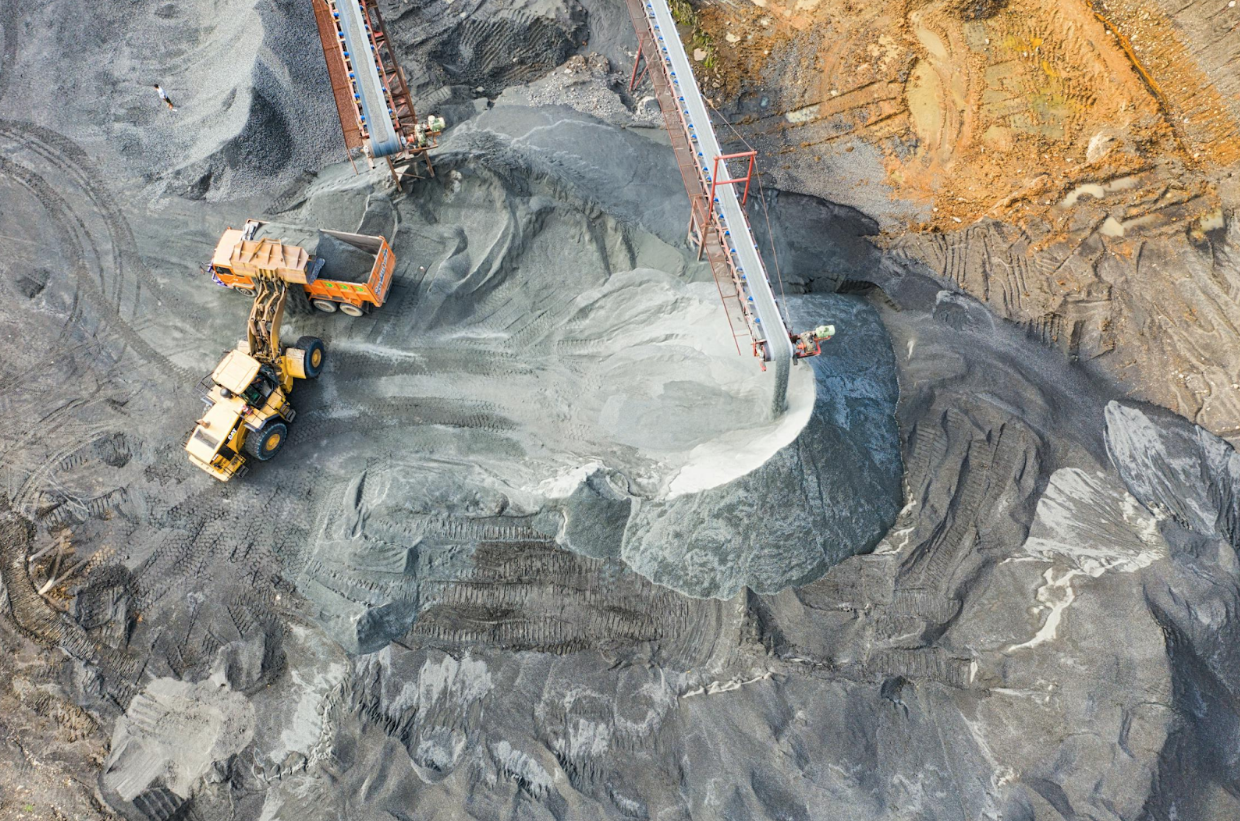According to a report by the Bradenton Herald, a power failure at Piney Point’s pretreatment facility in Manatee County caused 6,000 gallons of untreated waste to spill into the surrounding area on the morning of Mar. 21. The facility is one of many phosphate mining plants in Florida under heavy scrutiny for the pollution they produce from both standard operations and accidents such as the one at Piney Point. While phosphate mining is gradually being phased out across the state, lobbyists are trying to keep the practice viable.
At approximately 11:30 a.m. a breaker tripped at Piney Point which sent the facility into a total power outage and disrupted communication among facility workers. A pump that transfers wastewater produced by the plant to a pretreatment center ran unchecked, rendering it unable to filter out hazardous waste before it was injected thousands of feet underground. The pollution soaked into the surrounding area for about 10 minutes before workers were able to manually shut off the pump. The spill was reported to the Florida Department of Environmental Protection (FDEP) and is currently under investigation.
Untreated wastewater from phosphate mining plants like Piney Point are environmental and health-safety concerns because the practice of converting phosphate rock into phosphorus causes the release of pollutants such as nitrogen and ammonia to leak into surrounding water reservoirs. Exposure to these waste byproducts has been linked to health complications such as cancer. The waste can also cause red tide to flourish, so the wastewater from phosphorus plants must be thoroughly cleaned before it can be released back into the water cycle.

Processing phosphate rock also leaves behind a mixture of solid waste called phosphogypsum, a mildly-radioactive material that is often used for fertilizer. The gypsum is gathered into mounds and separated from the water reservoirs by a thick plastic sheet to prevent contamination before it’s taken for its industrial purposes.
According to the Center for Biological Diversity, “Phosphate rock mining, along with the inorganic fertilizers and animal feed supplements and pesticides for which phosphate is mined, pollute our air, contaminate our water and destroy invaluable wildlife habitat.”
The negative impacts these pollutants cause are felt tenfold after phosphate mining-related accidents like the one at Piney Point, which happen with alarming frequency in Florida. Piney Point experienced another environmental disaster just a few years ago in 2021, when one of the plastic liners separating the water from the phosphogypsum tore after a round of dredging. The private company that bought the site, HRK Holdings, was warned of this risk over a decade prior. They still carried forward with operations to store dredge material until the 2021 leak, where more than 215 million gallons of wastewater had to be drained into Tampa Bay and authorities called for the evacuation of more than 300 homes.
In a joint lawsuit against HRK Holdings for the 2021 leak, Suncoast Waterkeeper, an environmental advocacy group, stated, “The…disaster was a preventable catastrophe that resulted from ignored permit conditions and inadequate water management. This failure has jeopardized the health and safety of the local environment, aquatic species and communities that rely on Tampa Bay’s waters.”
The catastrophic fallout from the 2021 disaster at Piney Point prompted Gov. Ron DeSantis to declare a state of emergency in the surrounding counties. He later allocated 15.4 million in funds to FDEP to help them design a plan to safely clean and shut down Piney Point permanently. A judge had also ordered that HRK Holdings be replaced with a new owner to ensure that the site gets shuttered. The state has spent more than $85 million on the clean-up process so far.
The plan to clean up Piney Point’s reservoirs involves chemically treating the wastewater before it is injected into a deep well reaching Florida’s vast system of aquifers, in the hope that the water will naturally recycle back into the Gulf of Mexico after hundreds of thousands of years. But according to Sarasota Magazine, it is a tedious, lengthy and expensive process, and its environmental sustainability is dubious. If there is a mistake anywhere along the way, the resulting pollution would be impossible to clean and the water would be permanently tainted. And there’s no guaranteed way to know just where the water will go.

Critics are quick to point out that the dilemma to solve Piney Point’s disaster could have been easily prevented and are a result of mismanagement and negligence, especially by state government departments. They say that despite decades of public scrutiny and legal pushback against Florida’s phosphate plants, politicians and companies with an investment in phosphogypsum find loopholes to circumvent or reverse restrictions on phosphate mining.
According to an opinion piece by Fernando Figueroa and Serra Sowers in the Miami Herald, the fertilizer industry in Florida gives large amounts of money to UF researchers and lobbies intensely to keep legal barriers to a minimum. Last year, the Florida legislature passed House Bill 1191, making it legal to use gypsum in roads, paving another financial incentive. Opponents of the bill highlight how this is representative of an ongoing struggle with environmentally damaging industries and private interests in Florida, at the expense of public and ecological health.
As of now, clean-up of Piney Point is expected to be done in December 2024. But waste spills like the one this spring are exemplary of the kind of fraught and tedious process Florida’s phosphate mines must undertake to protect the surrounding environment from its pollution. And that’s only a hope, not a guarantee.

